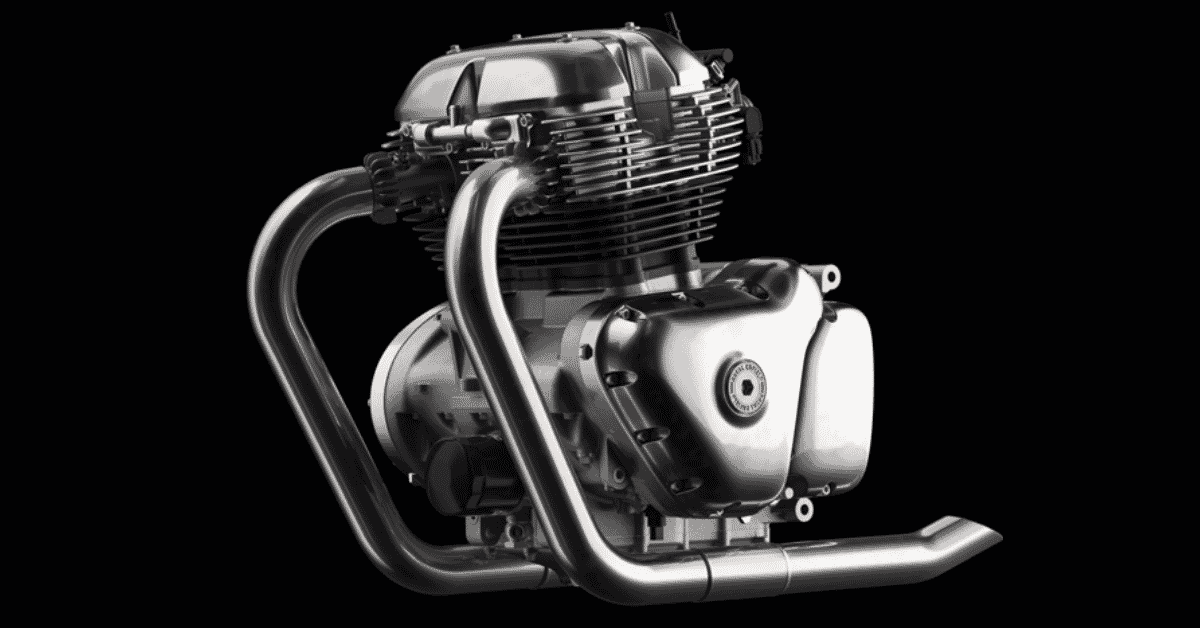Discover Top-Quality Engines for Africa at Our Reliable Car Parts Store
Discover Top-Quality Engines for Africa at Our Reliable Car Parts Store
Blog Article
The Pursuit for Ultimate Driving Power: Investigating the Peak of Engine Performance and Technological Developments in the Automotive Industry
In the realm of vehicle design, the search of maximum driving power has actually been an unrelenting mission that has unravelled with the advancement of engine design and the combination of sophisticated innovations. From the thorough craftsmanship of combustion engines to the quick innovations in electric propulsion systems, the auto industry stands at the cusp of a new age characterized by unprecedented performance abilities.
Development of Engine Layout
:quality(70)/cloudfront-us-east-1.images.arcpublishing.com/archetype/L6BTGOWPX5EU5IZ22UXVPSL6FM.jpg)
In addition, the combination of turbocharging and turbo charging technologies has revolutionized engine design by enhancing power without considerably raising engine size. These forced induction systems press the consumption air, permitting more fuel to be combusted, thus creating better power result from a smaller sized engine. This innovation has been specifically important in improving the performance of smaller variation engines while keeping gas performance requirements.

Performance-Enhancing Fuel Technologies
The execution of sophisticated gas innovations has dramatically added to enhancing engine performance in contemporary lorries. Biofuels, acquired from eco-friendly sources like algae, corn, or sugarcane, offer decreased exhausts and boosted engine performance. Additionally, gas additives and cleaning agents are being formulated to clean engine parts, enhance burning, and lower rubbing, thus enhancing overall car efficiency.
Innovations in Electric Propulsion
Substantial strides in electric propulsion modern technology have changed the vehicle industry, leading the way for a new era of sustainable and reliable transportation. Electric vehicles (EVs) are gaining appeal as a result of their environmental advantages and advancements in battery technology, enabling longer driving varieties and much shorter charging times. Suppliers are investing heavily in research and development to enhance the efficiency of electrical propulsion systems, concentrating on raising power output, improving power performance, and reducing general weight.
One noteworthy breakthrough in electric propulsion is the growth of sophisticated electrical motors that deliver higher torque and power thickness, resulting in boosted acceleration and general driving efficiency. Furthermore, regenerative braking systems have actually been fine-tuned to save and catch power during deceleration, more improving the effectiveness of EVs.
In addition, the combination of clever technologies, such as expert system and anticipating analytics, is optimizing the management of electrical propulsion systems, guaranteeing ideal performance under numerous driving problems. These improvements in electrical propulsion are reshaping the automobile Look At This landscape, driving the market towards a more sustainable and electrified future.
Impact of Computational Fluid Characteristics
With advancements in electrical propulsion pushing the borders of automotive modern technology, the integration of Computational Fluid Dynamics is playing a critical duty in maximizing wind resistant performance and improving overall efficiency in car style. Computational Fluid Dynamics (CFD) involves making use of computer system simulations to examine the flow of air around a lorry, allowing engineers to anticipate just how layout adjustments will affect the rules of aerodynamics without the demand for pricey physical prototypes. By accurately modeling air movement patterns, CFD permits the improvement of automobile shapes to reduce drag, enhance air conditioning, and boost security.
CFD enables engineers to maximize air movement around elements such as radiators, engine bays, and wheel wells, adding to enhanced efficiency and general driving experience. In final thought, the combination of Computational Liquid Dynamics stands for a substantial action ahead in the quest for supreme driving power and effectiveness in the automotive sector.
Future Patterns in Engine Innovation
In the dynamic landscape of automobile design, innovative developments are shaping the future trajectory of engine development. The future of engine design is noted by a solid focus on effectiveness, sustainability, and efficiency. Makers are significantly focusing on establishing engines that not just supply high power results however also focus on ecological duty by decreasing discharges and boosting gas effectiveness.
One famous trend in engine technology is the surge of electrification. Crossbreed and Full Report electric powertrains are obtaining grip as sensible options to conventional burning engines. These technologies use the possibility for significant decreases in carbon exhausts and boosted power performance, aligning with try this website international initiatives to fight environment modification.
Additionally, innovations in materials science and production strategies are enabling the production of lighter and more resilient engine components. This shift towards light-weight products such as carbon fiber and light weight aluminum alloys adds to improved performance and fuel economic climate.
Final Thought
To conclude, the pursuit of supreme driving power in the automobile industry proceeds to drive advancements in engine design, gas modern technologies, electric propulsion, and computational fluid dynamics. The advancement of these modern technologies is forming the future of engine technology, paving the way for more efficient and powerful lorries (engines for africa). As the sector proceeds to press the boundaries of what is possible, we can anticipate to see also extra groundbreaking growths in the pursuit for peak efficiency
One of the key milestones in engine layout evolution is the change from standard carbureted engines to contemporary fuel-injected systems. By precisely metering the gas delivery to each cyndrical tube, fuel-injected engines optimize burning, resulting in much better performance and reduced environmental impact.
In addition, the assimilation of turbocharging and turbo charging modern technologies has actually changed engine style by enhancing power without considerably increasing engine size (engines for africa).The execution of sophisticated gas innovations has substantially added to enhancing engine efficiency in modern-day automobiles. Furthermore, fuel additives and detergents are being formulated to tidy engine parts, maximize burning, and reduce rubbing, thus increasing general lorry performance
Report this page